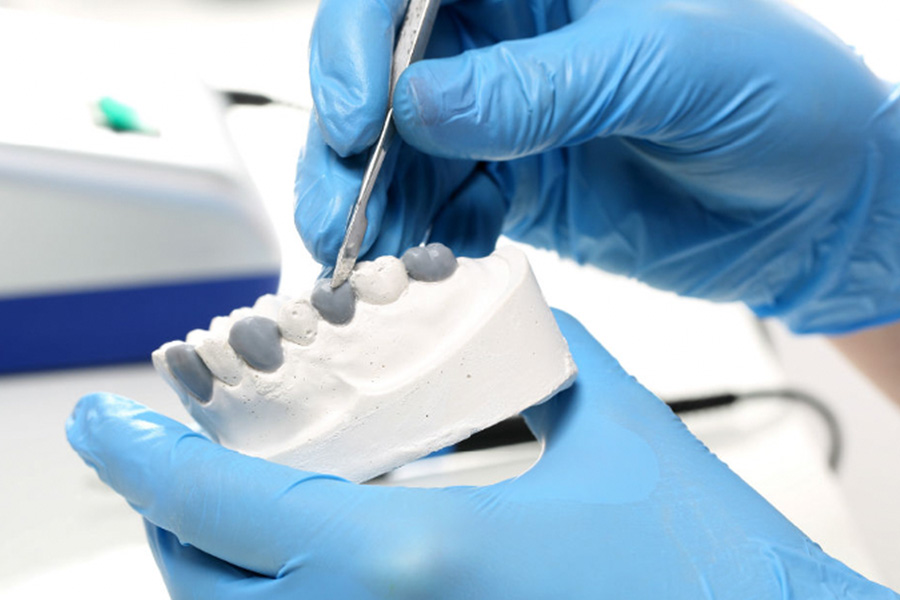Modern advances in dentistry have made it possible to use materials other than gold, amalgam, and other metals to fill and restore teeth. Today’s new materials, such as porcelain or composite resin, are more similar to natural teeth, and their durability is close to the durability of real teeth. The cosmetic dentist attaches these materials to the underlying structure of the tooth with resin glue and shapes it in such a way that it becomes similar to the rest of the patient’s teeth.
According to a cosmetic dentist in Richmond Hill from Pearl Dental Group, the type of materials used in cosmetic dentistry is an important factor in cosmetic treatments because the cost and appearance of the treatment are not the same with all materials. At Dentistrynearme, a well-known dental directory, Pearl Dental Group has been introduced as a great dental clinic for those who need a professional cosmetic dentist near Toronto.
A ceramic that contains mostly glass best mimics the optical properties of tooth enamel and dentin. The dental esthetician informs the patient about the characteristics of each material, such as light reflection, color, and transparency, as well as the cost of treatment with different materials so that the patient can make an informed decision according to his condition.
Recovery Period
The recovery period of cosmetic dentistry treatments is different, and its duration and manner depend on the selected treatment. The invasiveness of some treatments is minimal, and there is no need to rest afterward. However, after some treatments, the patient faces pain and sensitivity that lasts for several days. If you received sedation during treatment, you must make the necessary arrangements for a relative to take you home and take care of you. The dentist provides the necessary recommendations for post-treatment care.
Duration of Cosmetic Dentistry Treatments
Each patient’s case and his problems are different. Teeth whitening, veneers, veneers, and bridges are done in two sessions; the first session lasts one to one and a half hours, and the second session lasts half an hour. Sharpening and beautifying teeth takes less than half an hour. The dentist prepares a complete treatment plan according to the patient’s needs and explains it fully to the patient so that he can start the treatment if he agrees.
Restorative Materials in Cosmetic Dentistry
Common and practical materials for filling teeth are amalgam and composite materials, which the dentist can use, but each has its characteristics. Amalgam had many uses in the past, but due to its disadvantages, it is less used today. One of the disadvantages that patients complain about in the first use is the silver color of amalgam, which is not aesthetically pleasing and has led dentists to use tooth-colored materials such as composite materials. Amalgam is visible, and its disharmony with other teeth causes dissatisfaction in patients. Of course, one of the things seen in some patients is the sensitivity of some to these substances, which is considered one of the weak points of amalgam.

Composites
Composite is the same color as the tooth, which has encouraged cosmetic dentists to use composite for patients. Composites are attached to the teeth with adhesive materials and restore the teeth. The use of composite does not only make the teeth beautiful, but the cosmetic dentist must follow the beauty tips to achieve the desired beauty.
Today, Neumer materials are also used for dental restorations, which have fewer restrictions than composites. Numer is a tooth-colored material and has a high resistance to failure, while one of the limitations of composites is its wear over time.


